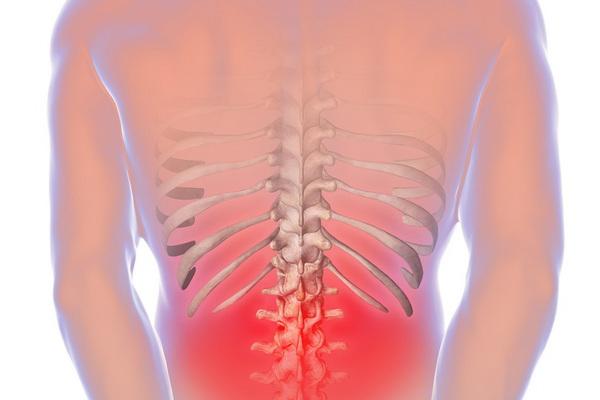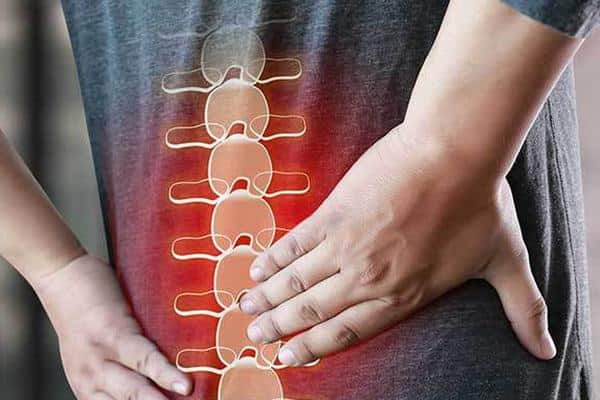Зміст
Age, male gender, obesity or inappropriate load are the risk factors for the occurrence of the lumbar hernia.
The hernia of the lumbar disk is a problem that occurs in cartilage discs that lie between the vertebrae of the lumbar region (the bottom of the back). This usually causes pain in buttocks, hips and caviar, which can spread to the feet.
Why does the hernia of the lumbar disk occur?

Intervertebral discs are the “pads” that are between the vertebrae.
They consist of a center of a centellite consistency in the central region. It largely consists of water, which gives the flexibility of the disc, and the fibrous ring consisting of elastic collagen tapes, which is obtained strong innervation. This means that you have a great ability to perceive sensitivity or movement. Consequently, “damage to this ring in itself can justify pain,” says the doctor.
Sometimes when the fibrous ring is broken, a part of the intervertebral disk moves to the bone marrow channel (the channel in which the spinal cord is located). As a result, the nervous roots irritate, causing radiating pain, a decrease in sensitivity and / or loss of force through the buttocks, hips and feet (Ishias).
Risk factors
There are risk factors predisposing to the development of hernia lumbar disc. The most frequent are:
- Age
- Men
- Load weight inadequate
- Obesity
- passive lifestyle
- Smoking
How is it diagnosed?
Analysis of the history of the patient’s disease will be very useful if the lumbar hernia is suspected. Sometimes you need to ask a victim a few questions to get useful data for diagnosis. This is called an anamnesis.
After anamnesis, the doctor will conduct a physical inspection and prescribe visualization. Most often conduct nuclear magnetic resonance (NMR).
What procedures are necessary?
In most cases, the pain caused by the hernia of the lumbar disk can be controlled by:
- Pharmacotherapy
- Rehabilitation
- Penetration
Consequently, there is no need for surgical treatment. In fact, when using previous methods, the patient’s condition is usually improved during a variable period of time, which is usually less than 13 weeks.
In most cases, the hernia of the lumbar disk will gradually improve for several days or weeks.
If there is no neurological deficit, conservative treatment. This usually requires rest, medicines, physiotherapy or steroid injections in painkillers.
Operation
The operation is recommended after a period of inactivity – surgical treatment, without freeing painful symptoms.
Among the minimally invasive variants of surgical treatment, the endoscopy of the spine occupies a special place.








